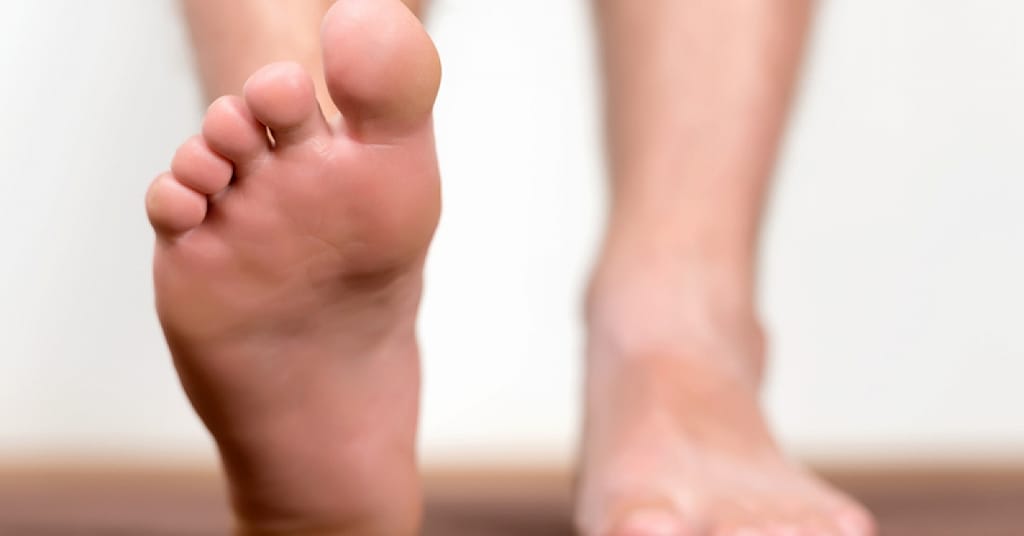(Carrick Pharmacy News) Diabetes can lead to complications throughout your body, even in your feet. Learn how to keep your feet healthy and happy.
In people with diabetes, the feet face a two-sided attack. First, diabetes can slow blood flow to the feet, which can make it harder for cuts, sores and blisters to heal. Second, diabetes can lead to nerve damage — or neuropathy — that causes your feet to go numb.
When this occurs, it becomes difficult to tell when you have an issue, such as a sore, blister, callus or cut, on your foot. If you can’t feel cuts and blisters on your feet, you may be more likely to develop ulcers or infections.
By properly controlling your diabetes and keeping a close eye on your feet, you can prevent these diabetes-related issues.
Here are five simple steps to take care of your feet.
1. Make an appointment with a podiatrist. A podiatrist is a doctor who specializes in treating foot problems and can identify early signs of nerve damage and poor circulation. Make sure you ask your doctor about how best to neaten your toenails and care for calluses, bunions, corns and warts. Experts recommend scheduling a foot exam with a podiatrist once a year.
2. Check your feet every day. Set up a time to check your feet every day. Check for calluses, sores, cuts, red spots, blisters and swelling. If it is hard to reach your feet, try using a mirror to see the bottoms of your feet. Furthermore, ask your primary care provider to check your feet at every visit.
3. Wash your feet every day. Wash your feet with mild soap and warm water. Never use hot water, and do not soak your feet. Be sure to dry your feet well with a soft towel, especially in between the toes. Test the water with your hands first to make sure the water is not too hot.
4. Wear the right shoes. Wear shoes that are comfortable. Avoid wearing shoes that are too tight or too loose. Your toes should have enough room to move. Some patients wear shoes designed specifically for their feet (orthopedic shoes). Ask your podiatrist whether you qualify for orthopedic shoes. Note: Always check your shoes before putting them on; there may be objects in your shoes that can hurt your feet.
5. Apply lotion to keep the skin of your feet soft and smooth. Apply lotion on the top and bottom of the feet. Avoid applying lotion in between the toes because wetness in between the toes can result in fungal infections.
Remember that you can hurt your feet and not even know it. To prevent foot injuries, avoid walking barefoot.
Speak with your health care provider about how you can take care of your feet.



